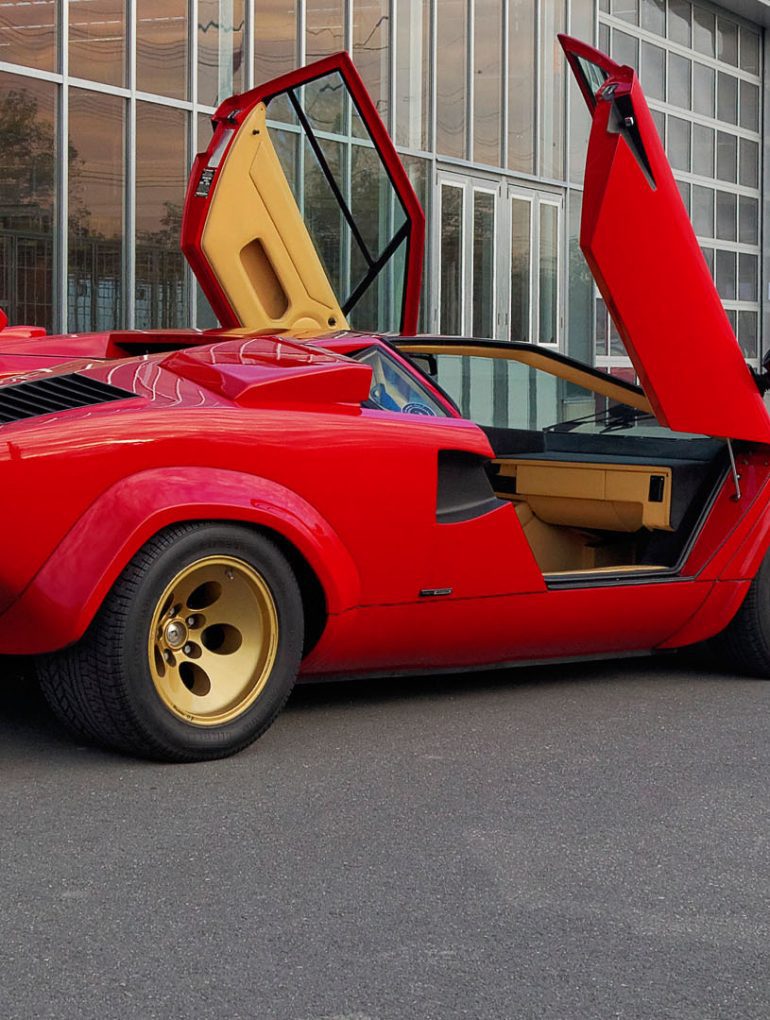Back in the early Eighties, Lamborghini had the very wide, and very low Countach S in production, but thanks to the massively wide rear wheels and a slight decrease in power the LP400S was a little slower than the narrow-body LP400, and to make things worse, Ferrari came up with their Boxer that was all-out a quicker car than the Countach, so Lamborghini created the LP500 S, with a V12 engine enlarged to 4,754cc and a power increase to 375 hp, making the Countach once again the fastest production car on the market in 1982.
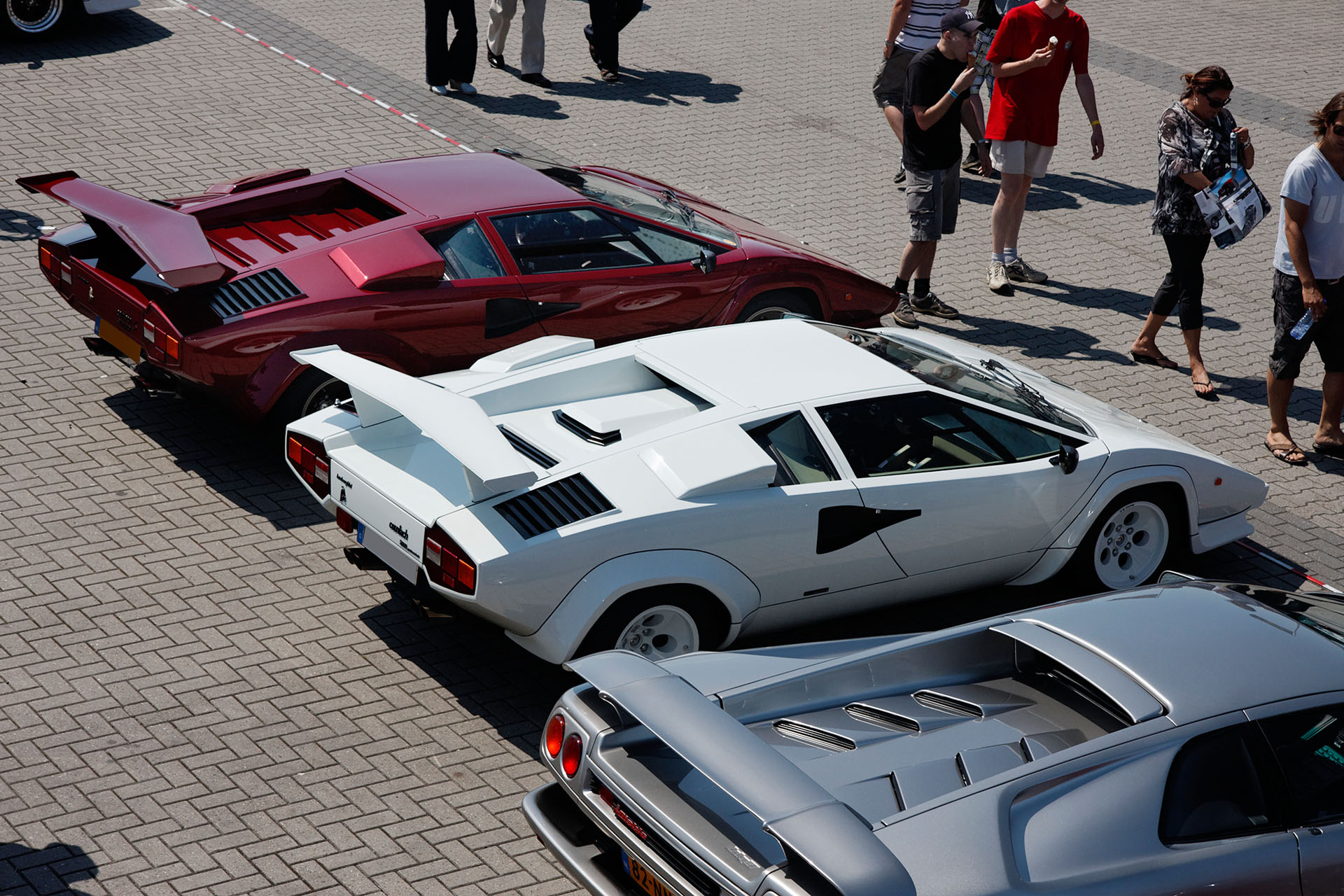
Sadly, Ferrari’s reaction to the LP500 S arrived soon after the introduction of the 5-Liter Countach: the 1984 Testarossa pumped out 390 bhp, dethroning the Countach again, so Lamborghini created the most powerful Countach ever, completely demolishing the competition.
At the 1985 Geneva Auto Show, Lamborghini unveiled their answer, the Super-Countach, AKA the QuattroValvole, with a total output of 455 Bhp, which surpassed the Ferrari Testarossa, and any other car on the market, with ease, even Ferrari’s limited production 288 GTO only managed 400 Bhp, so the Countach was again the king of the supercar world.
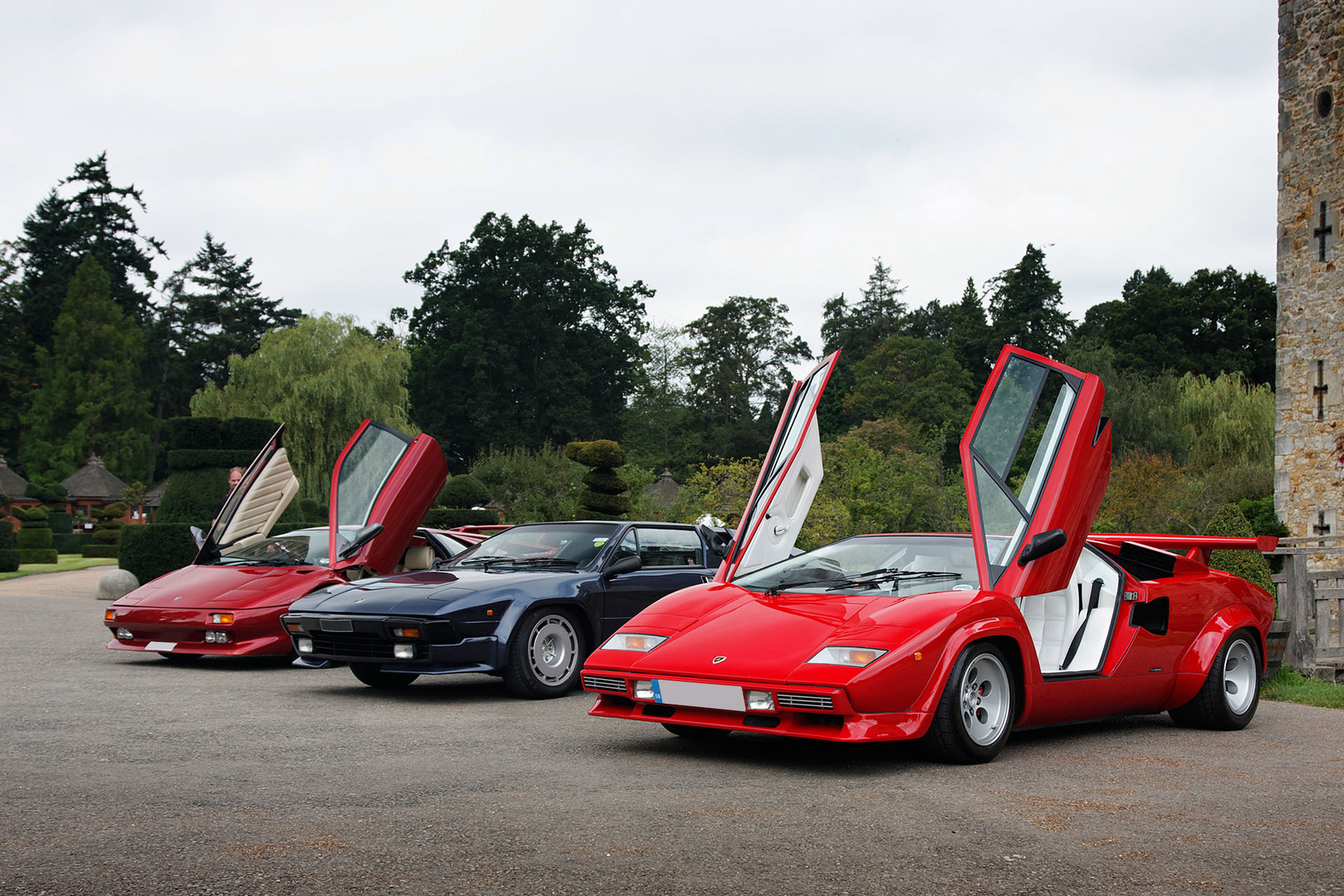
While many carmakers reverted to turbocharging to create more power, Lamborghini instead went for a cylinder head with four valves per cylinder, and an increased displacement of 5,167cc by enlarging the stroke to 75 mm, the compression ratio was 9.5:1 and, for the first time on the Countach, downdraft Weber carburetors were used. Because of these carburetors, the engine lid received a large hump in the middle, making the rear visibility even worse. Another change was seen on the front tires, they became a little wider and therefore the suspension was altered to suit.
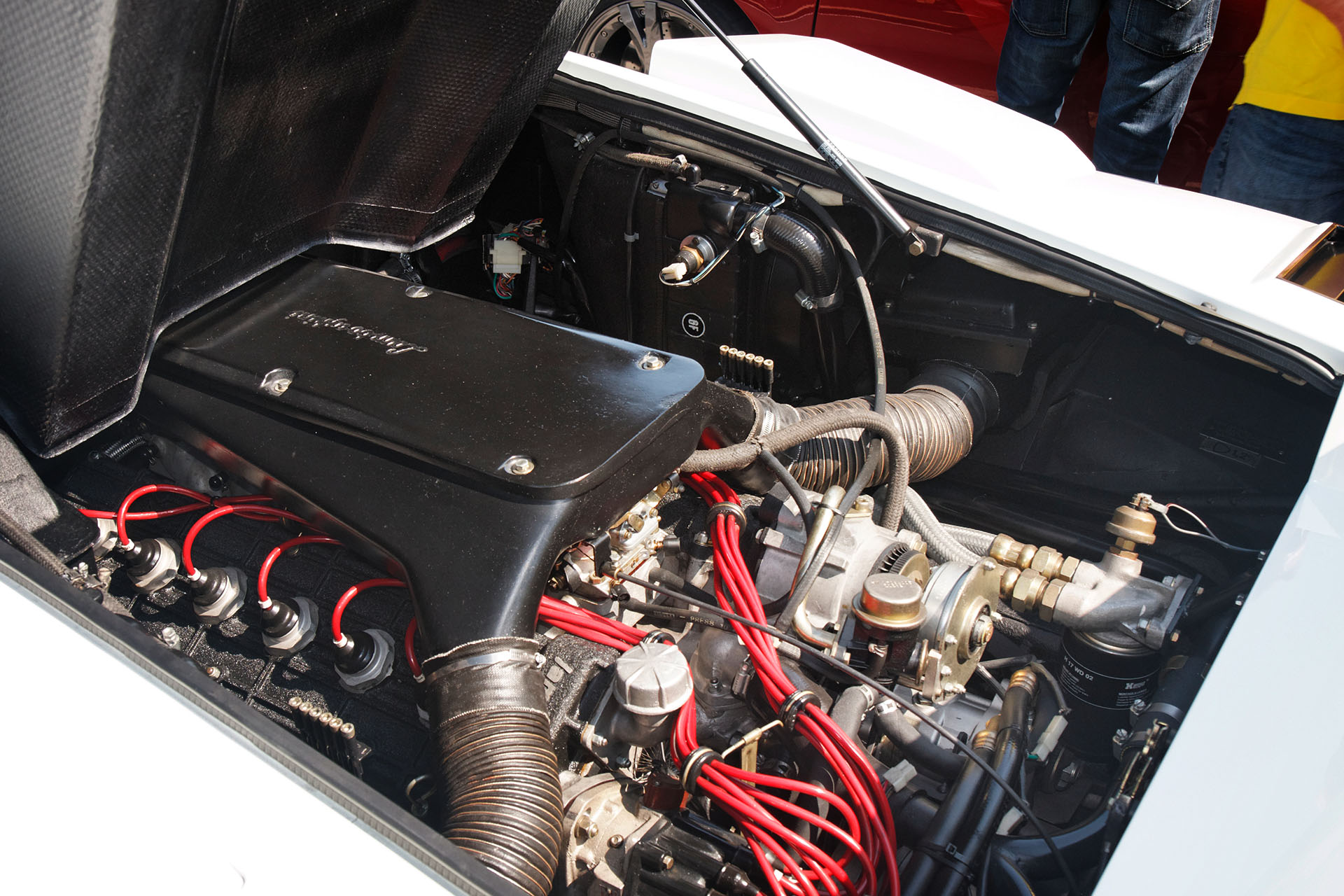
The rear tires were still the massive 345/35-15 Pirelli P7’s, which were created by Pirelli specifically for the Lamborghini Countach, just like the four-piston brake calipers from ATE, also bespoke for this Lamborghini. On the inside not much changed compared to the earlier 5-Liter S model, only air-conditioning was usually installed on the Quattrovalvole.
By 1986, the Countach was again officially exported to the United States of America, special ‘crash’ bumpers were installed to front and rear, and a new Bosch KE-Jetronic fuel injection was used instead of the Weber carburetors, to meet demands by the DOT and EPA regulations, this also required a different engine cover, now with two humps longitudinally on either side instead of the large bulb in the middle on Euro-spec cars.
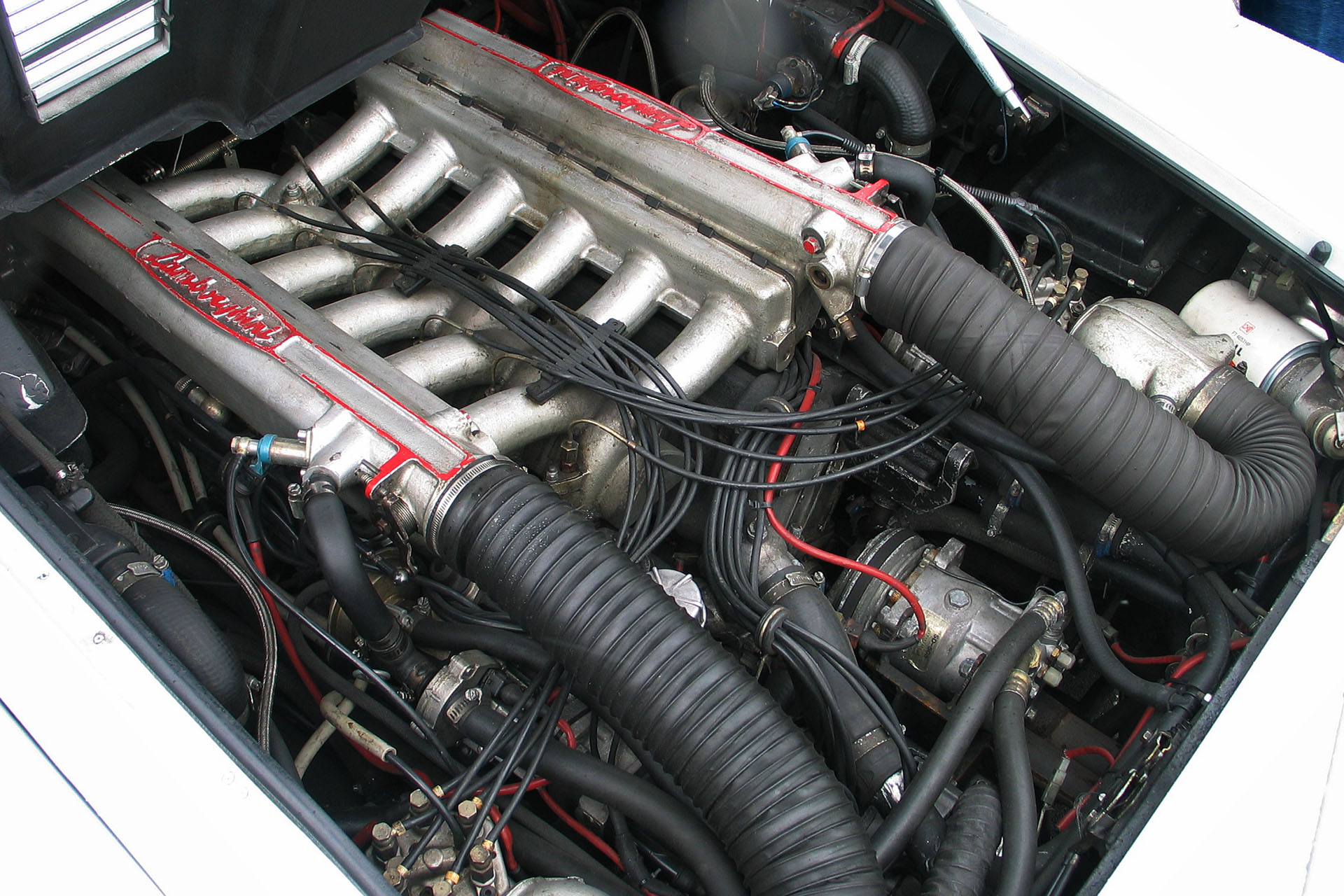
An advantage of the US-spec, fuel-injected engine cover was the fact you could actually see something in the interior rearview mirror, a view that was completely blocked on Euro-Spec models, but the downside was that horsepower dropped to 420 Bhp, just eight percent below the European specifications cars (455 Bhp), a difference nobody really noticed, and it was still more than any Ferrari.
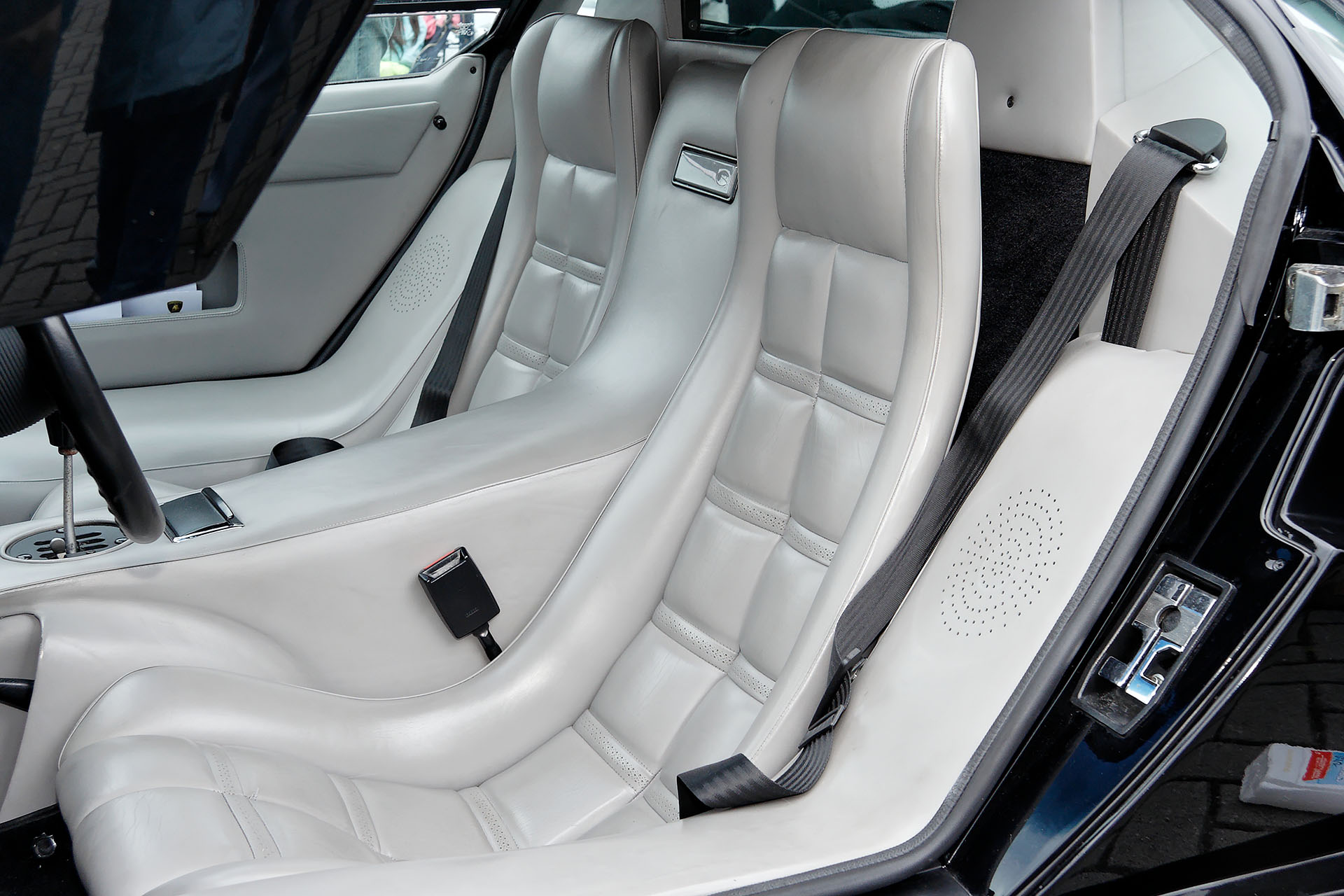
The Countach Quattrovalvole received small bodywork changes in late 1987, new streaked sills incorporating rear brake cooling vents were added. The interior was now equipped with central-locking, modified heater controls, and much-improved ventilation. The huge rear wing could still be ordered on the Quattrovalvole, and few Countach left the factory without one, but it is however completely useless. The Countach does not suffer from any aerodynamic lift at high speeds, so the rear wing only adds drag, and it didn’t come cheap, the rear wing was always an expensive option at about US$ 5000.
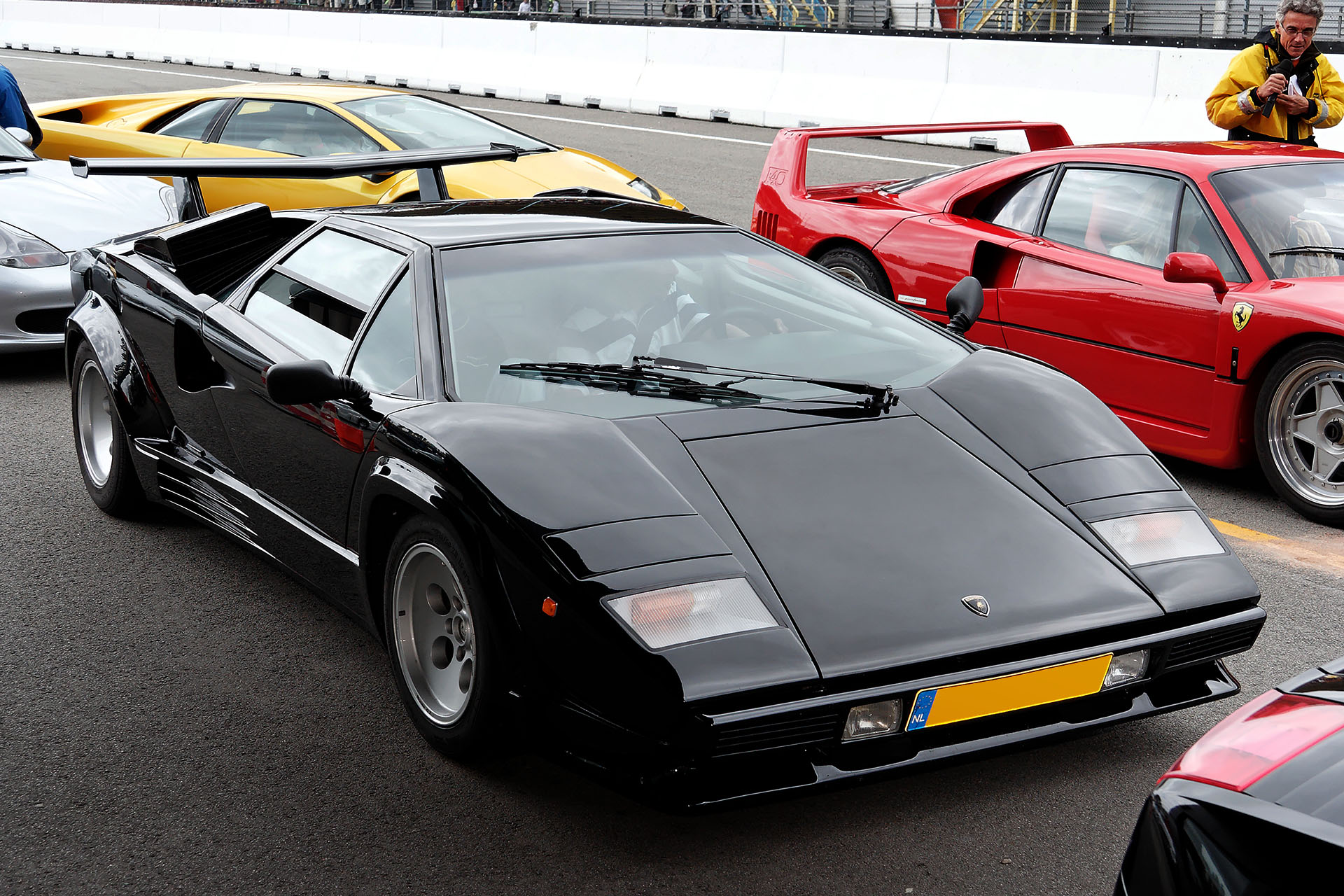
The pre-1987 Countach Quattrovalvole models, so those without the sills and cars without the massive rear wing, are believed to be the best-looking Countach ever. It is also the most powerful one, and it is said that this is how the Countach should have been from the beginning. The last Countach, the 25th Anniversary, used the same engine, but the bodywork was much less aggressive-looking, so if you want to buy a Countach, buy a QV, and for me personally, a Countach QV needs a rear wing, but that’s just me.
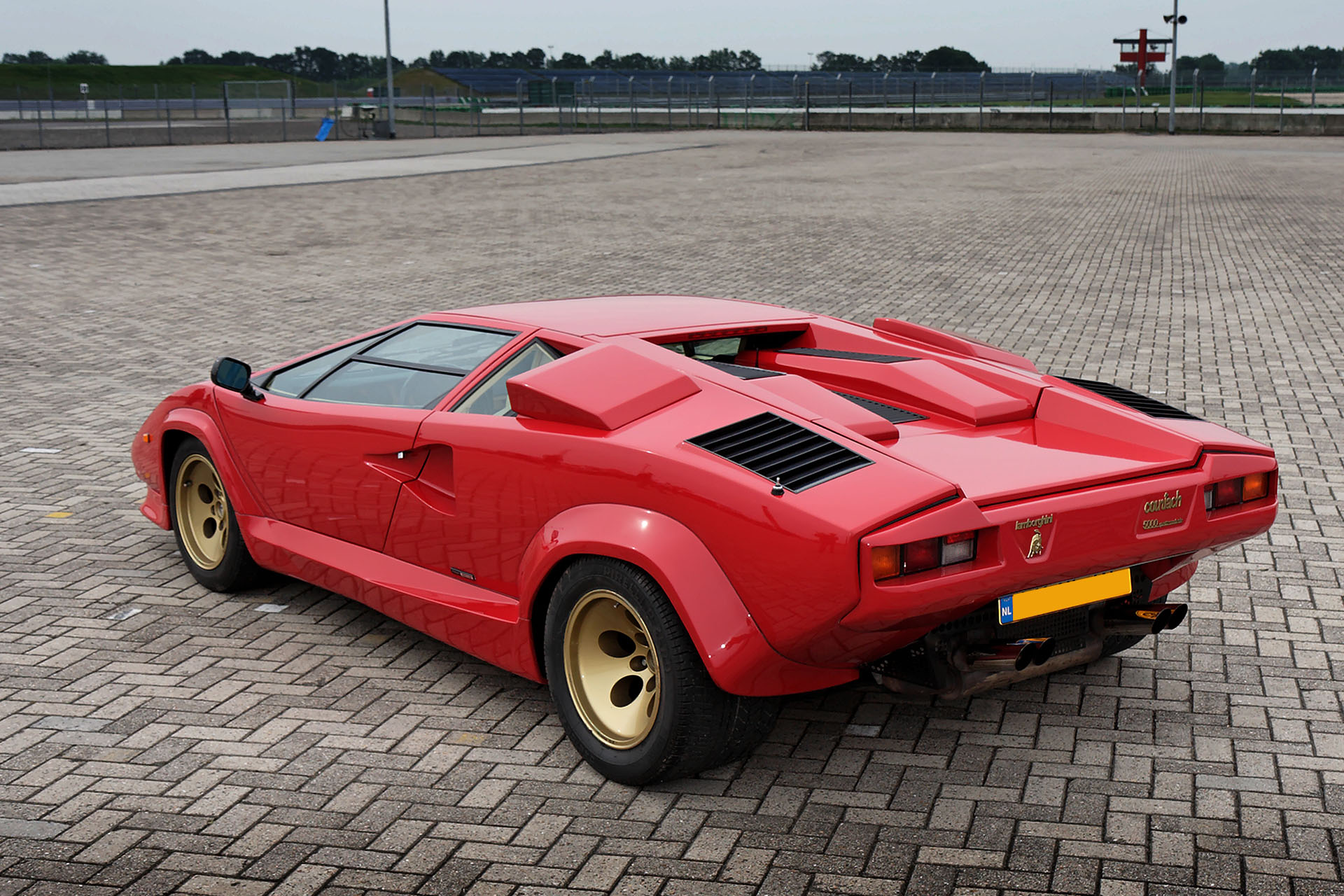
It has been more than 35 years now since the Lamborghini Countach Quattrovalvole made her appearance on the automotive market, putting the Raging Bulls once again at the top of the speed curve, in 1986 the Countach QV was the fastest production car in the world, and 25 years later she’s still considered fast, and this legend that has been in production for about 16 years will still turn heads today, and while the original narrow-body from the Seventies is the most valuable today, and the Quattrovalvole has been produced in a lot higher numbers than any of her predecessors, I would still go for this wild, wide, low, winged Bull.


